How to spot a rip – beach safety in simple terms for kids!
It’s not a nice place to start this post but I feel like it’s a crucial one. Did you know that last year 271 people* drowned swimming in Australian beaches and waterways?
It’s this terrible statistic that makes it so important that we talk to our kids about water awareness and understanding how to safely enjoy the ocean.
At Caravanning with Kids we know that beach and coastal life is a massive part of caravan culture so we thought we’d share with you some research we did for our own girls on how to explain rips to children in language they understand.
Of course there is a true ‘science’ to rips, what causes them and understanding watercourses, tides and wave patterns is part of this. But to our kids all this information is mumbo jumbo. We realised we needed to establish a basic and understandable way to explain to them what they needed to know to keep them as safe as possible.
Here’s what we came up with to explain avoiding rips – maybe you’d like to share this with your children too!
Firstly and obviously (but it must be said!) Listen to the Lifeguards and swim between the flags. These guys are the experts, always take their advice. If there isn’t lifeguards use the following three pointers to avoid choosing a swimming spot with a rip;
AVOID breaks or flat patches between the waves 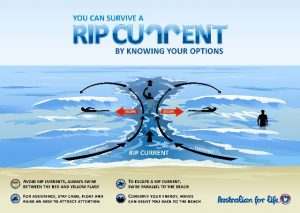
If there is a large patch of water that seems flatter and the waves aren’t breaking there this is often the sign of a rip. This unfortunately can look from a child’s perspective to be the best place to swim or play however large flat areas are to be avoided. Waves breaking evenly and without any large flats or calm spots is the best choice to swim in.
AVOID murky or different coloured patches
Rips will often dredge up lots of sand from the ocean floor and this makes the water a different colour to other areas on the beach. If you notice a section of the water that’s brown, looks darker or has a different colour avoid it – this is likely a rip. Swirling sand is a good indicator of strong action below the water surface, if it looks darker choose a different location and avoid the area.
AVOID sand bars & jetties as they can cause rips
A sandbar can look like fun but often cause a rip around itself. Similarly a jetty or pontoon or any other item that changes the natural course of the water can do this as well. If you see one of these objects be mindful there could be a strong current around it. Try and swim in an area where nothing interrupts the natural water flow.
It’s that simple! Three tips that can help your children avoid and understand rips.
Oh – and a great tip we received! Communicate at the right time:
The other really valuable tip we received was to talk to your children about rips not just when you get to the beach. Once you arrive at the beach kids are often far too excited to be listening or taking in what you are saying. Use your drive time to chat about rips and don’t forget a quick reminder before you hop onto the sand!
We’ve tried to help our kids to understand rips as best as we can in an age appropriate format but safety and sensibility is not always easy for little people in an exciting environment. Of course nothing beats supervision and a watchful eye for truly keeping our families safe in the water.
For more information we suggest you visit Surf Live Saving VIC, Beach Safety Organisation or Surf EducationNSW
*Royal Life Saving. Period June 2014 – July 2015.
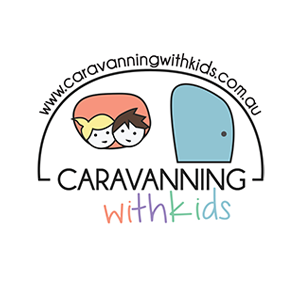
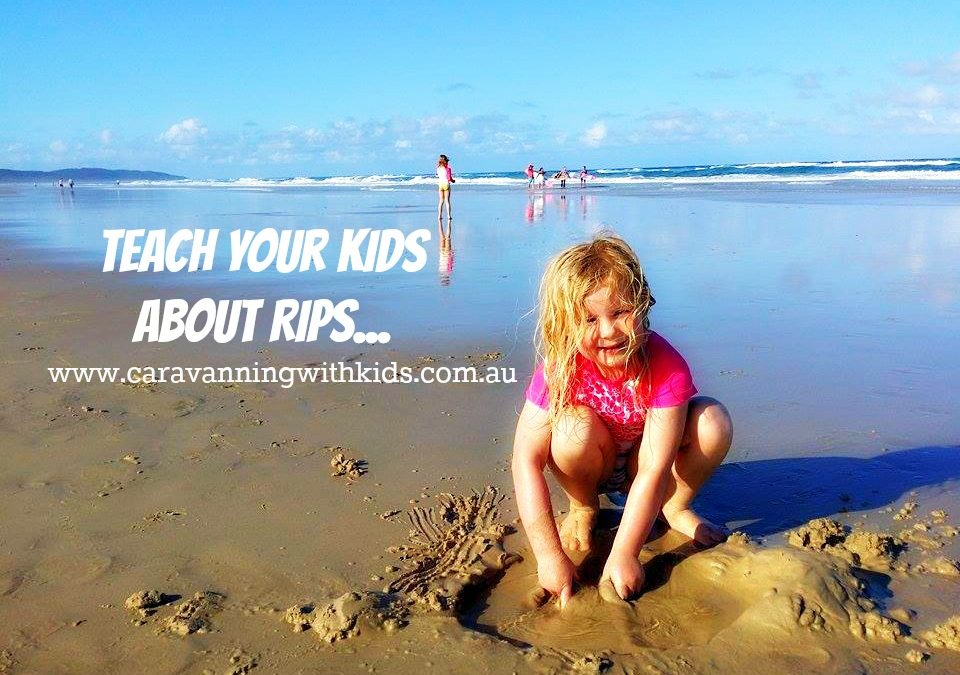
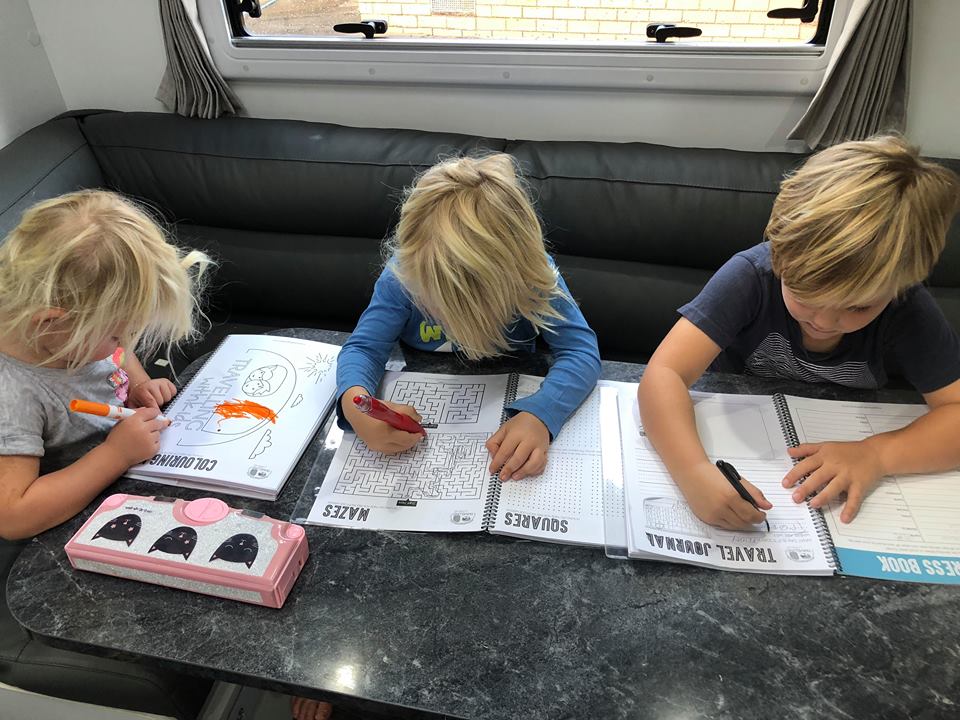





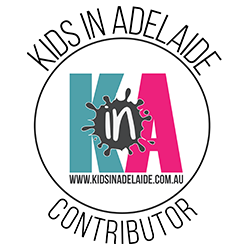
We found that the surfgroms program was great for learning about rips too. Kids spent a week learning to surf, but also covered beach safety and rip identification. Made it cool when it was being taught by their young trendy surf instructors too.